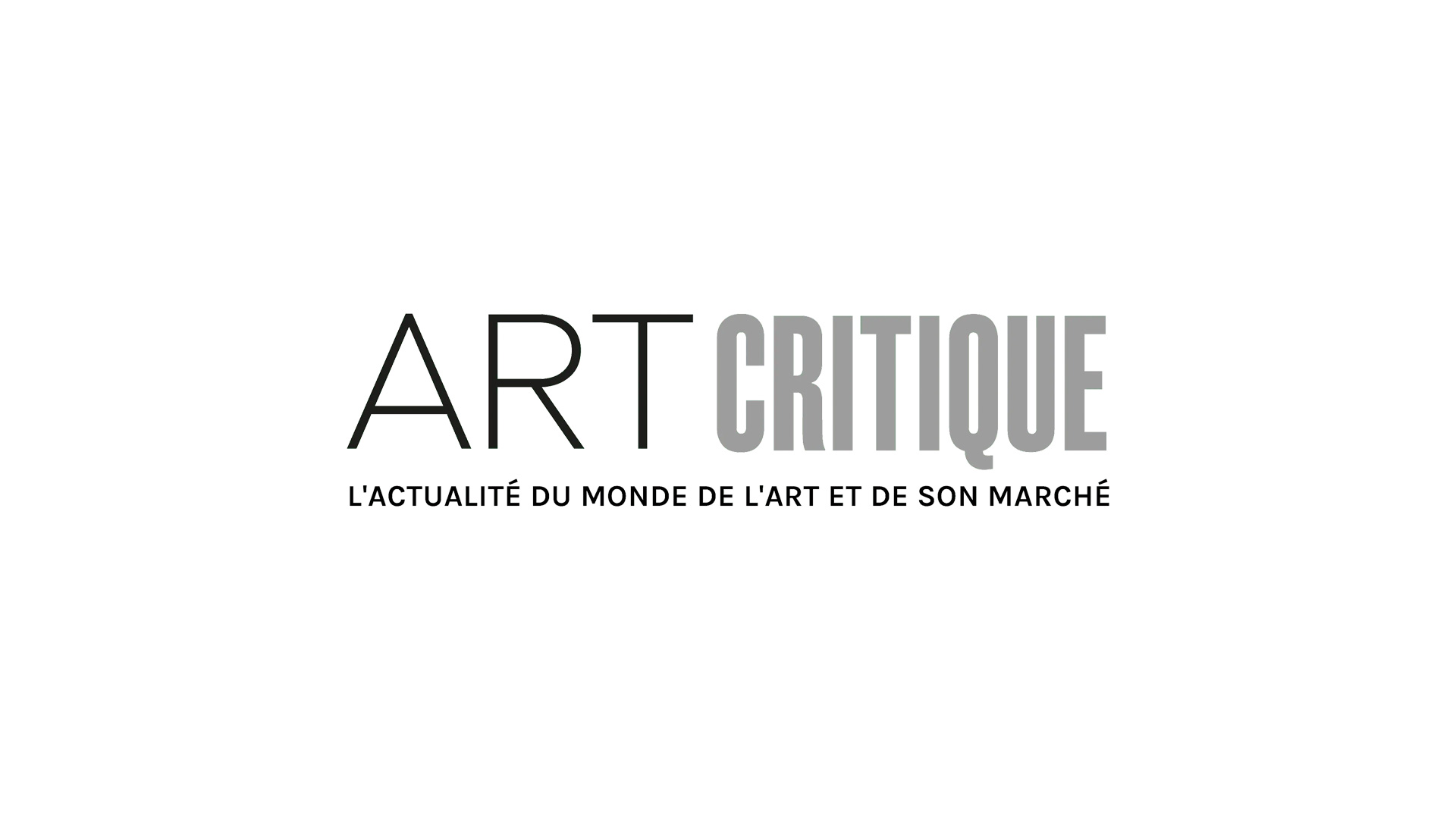There’s no doubt that in a few generations, the COVID-19 pandemic will be included in history books. By then, people will have moved on, living lives less directly touched by the pandemic. Recognizing the unique situation we’re in – and the products that have come from it – London’s Victoria and Albert Museum (V&A) has put out an open-call for homemade signs created during the lockdown.
From hand-drawn rainbows displayed in the front windows of houses to the signs created for store fronts promising “we’ll be back” or asking patrons to “please keep 2 metres apart,” the V&A is interested in them all. Memorializing these minor aspects of the pandemic might seem trivial at the moment, and in some ways, the signs that punctuate life as we know it now are a little trivial. However, as we someday return to normal, these signs that have become touchstones will disappear. Thus, the V&A wants to “create and preserve a rich portrait of life under lockdown expressed through visual imagery.”

“Due to social distancing measures, what we’ve seen during this crisis is an enormous amount of written communication taking place in the public sphere from home windows to shop fronts,” said Brendan Cormier, V&A design curator and co-lead of the V&A’s initiative. “The sum effect of these signs are that communities are organizing and expressing themselves through the means they have available; by doing so it forms a powerful reflection of the crisis itself.”

The museum’s open-call was announced this morning and Cormier admits that these types of requests can be temperamental. “We could be deluged,” he told The Guardian. “There is also the risk with a public callout that you don’t get anything. I don’t think you ever get quite the number you’re hoping for. We’re asking for patience from people … it might take us some time to sort through them and decide which are the most useful and relevant for us to take.”
After the museum sifts through nominations, the collected signs will join the V&A’s robust collection other signage including public transportation signs, road signs, and other signs that demarcate a particular point in history. They will also join other items acquired by the museum’s design department, which operates a Rapid Response collection. Through Rapid Response collecting, the museum is able to quickly obtain items significant to movements within society, including items used by Extinction Rebellion (a climate change activist group) and pussyhats (the famous pink eared hat worn by thousands who attended the Women’s March in Washington DC in 2017).

Nominated signs will undoubtedly be of various types revealing how the pandemic has affected different aspects of society. There will most likely be signs from businesses that have been unable to fair the lockdown. There will also be signs using humour to convey their message. There will be angry signs, there will be boring signs, and there will be signs of solidarity. They hope to receive them all to “get a snapshot” of life today.
Drawings of rainbows, which caught the attention of English artist Damien Hirst, will specifically go to the V&A’s Bethnal Green Museum of Childhood. The Museum of Childhood has been shuttered amidst a £13 million overhaul but is set to reopen in 2022.
The open-call is part of the V&A’s Pandemic Objects series documenting life at home as we push forward to a new era of normality. Hopefully, in a few months, COVID-19 signs will be a thing of the past, but thanks to efforts made by the V&A, and others, like the Museum of London and International Center of Photography, who are doing similar documentation, this time won’t be forgotten so that it serves as a reminder for generations to come.





